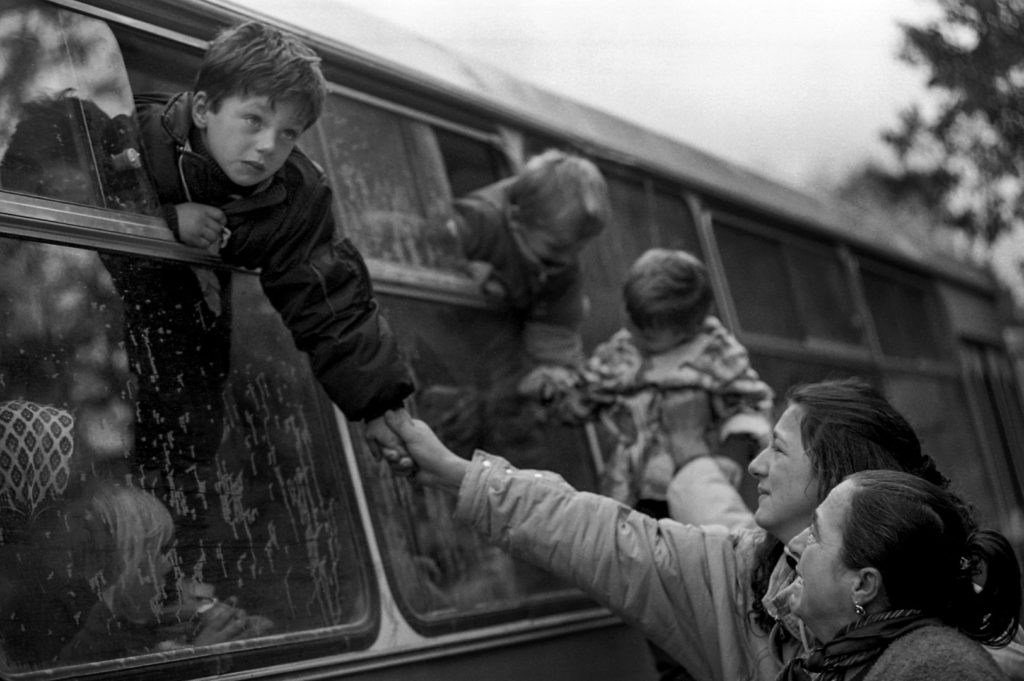TWO EXHIBITIONS AT THE HISTORY MUSEUM AS PART OF SERBIAN “DEALING WITH THE PAST” PROGRAMME
– “My Bosnia” by Miloš Cvetković and “Liberty” by Ron Haviv
The official opening ceremony of the 28th edition of the Memory Module took place at the Sarajevo City Hall on 5th April. The event featured the opening of the photo exhibition “Sarajevo, vječita Vjećnica” (Eng. Sarajevo, the Eternal City Hall) by photographer Rikard Larma and this exhibition was also part of a program marking the beginning of the siege of Sarajevo. The upcoming exhibition which is to be a part of this program is another photo exhibition titled “Moja Bosna” (Eng. My Bosnia) and “Sloboda” (Eng. Liberty) by authors Miloš Cvetković and Ron Haviv, originally a part of the Serbian “Dealing with the Past” program organized by J.U. MES in cooperation with ZFD Serbia. The exhibition opens at the History Museum on Thursday, 13th April at 5.30 p.m.

Foto: Ron Haviv
The “Liberty” exhibition by war photographer Ron Haviv focuses on concentration camps in Bosnia and Herzegovina set up during the war. In his introduction to “Liberty”, Haviv wrote, “First, there were rumors. Then evidence started emerging. There were concentration camps, whether they were official or not, there were hidden premises, sports venues, production facilities and factories, farms, schools… regardless of which warring side we are talking about – they all had them. It was all part of the war. It was obvious to enemy soldiers, but less obvious to civilians. The elderly, children and women were very often held there out of a mere desire to imprison “The Others”. Their main intent was to completely control the movements of people. The least important thing thereby was whether those people were detainees, prisoners or people who were supposed to be interrogated. Those people were denied their Liberty… War reminds us of our own fragility and of how temporary the idea of liberty can be for everyone.”

Foto: Miloš Cvetković
Miloš Cvetković’s exhibition “Moja Bosna” is a story of the war in Bosnia and Herzegovina, i.e. of those parts that Miloš Cvetković managed to visit on his photographic pilgrimage. His photographs date back to the period from 1992 to 1995, depicting the Eastern, Western and Central parts of Bosnia and Herzegovina, but the book also features some photographs from Monte Negro and Croatia where a part of BH population ended up as refugees and from Serbia where they ended up as prisoners. This is not an all-encompassing story about the war in Bosnia, but a perspective of a war photographer who only had access to one warring side. This is just a small part of the story about a war in which, in less than four years, more than 100.000 people were killed; in which the country’s capital was under complete siege for 44 months, a siege during which nearly 11.000 of its citizens lost their lives. A war in which the soldiers of the Army of Republika Srpska committed genocide, murdering more than 8.000 men and boys in Srebrenica.